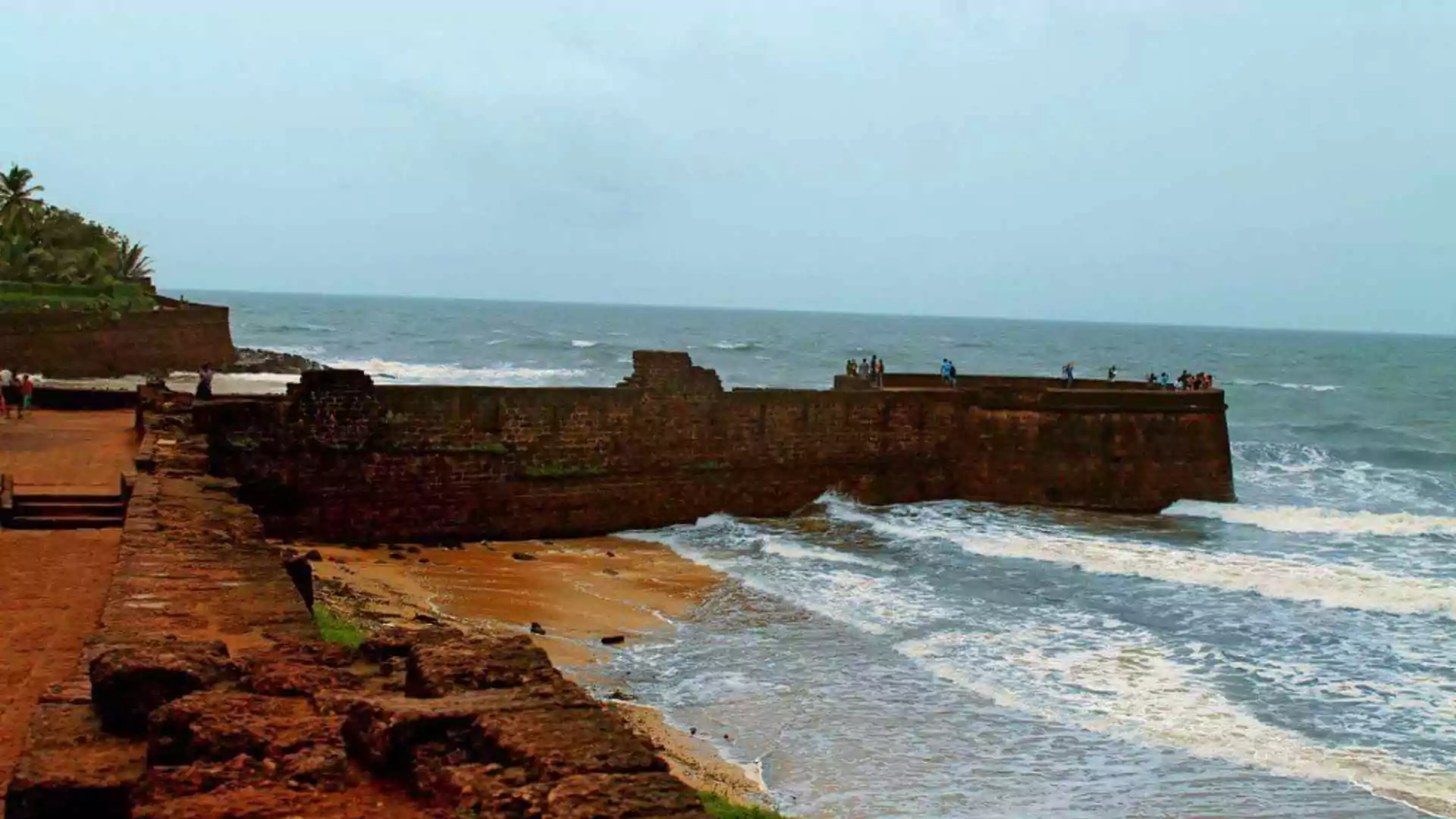Iran’s supreme leader Ayatollah Ali Khamenei on Tuesday indicated that there could be renewed negotiations with the United States regarding his country’s rapidly advancing nuclear program, telling the civilian government that there was “no barrier” to engaging with its “enemy.”
Khamenei’s comments outlined clear limits for any discussions under the administration of reformist President Masoud Pezeshkian and reiterated his warnings about not trusting Washington.
However, his statements are reminiscent of those made around the time of Iran’s 2015 nuclear deal with world powers, which saw Tehran’s nuclear program significantly limited in exchange for the lifting of economic sanctions. It remains uncertain how much flexibility Pezeshkian will have, especially given the high tensions in the wider Middle East over the Israel-Gaza conflict and the upcoming US presidential election in November.
Engaging with the enemy
In a video broadcast by state television, Khamenei expressed that hopes should not be pinned on the enemy and that plans should not be contingent on approval from adversaries. He also noted that engaging with the enemy in some areas is not contradictory and that there are no barriers to such engagement.
Khamenei, who has the final authority on all state matters, additionally cautioned Pezeshkian’s Cabinet against trusting the enemy.
Khamenei, 85, has at times either advocated for or dismissed talks with Washington following former President Donald Trump’s unilateral withdrawal of the United States from the deal in 2018.
There have been indirect negotiations between Iran and the US in recent years, facilitated by Oman and Qatar, who are intermediaries for the United States in Middle Eastern matters concerning Iran.
Read More: A hostage in Gaza is rescued by Israel after 326 days of captivity
Since the deal’s collapse, Iran has discarded all restrictions previously imposed on its program and now enriches uranium to up to 60 percent purity—close to the 90 percent purity required for weapons-grade material.
Surveillance cameras set up by the International Atomic Energy Agency have been interfered with, and Iran has restricted access to some of the agency’s most experienced inspectors. Additionally, Iranian officials have increasingly suggested the possibility of pursuing nuclear weapons.
At the same time, tensions between Iran and Israel have escalated during the ongoing Israel-Gaza conflict. Tehran launched an unprecedented drone-and-missile assault on Israel in April, following a culmination of a shadow war between the two nations marked by an Israeli attack on an Iranian consular building in Syria that resulted in the deaths of two Iranian generals and others.
The assassination of Hamas leader Ismail Haniyeh in Tehran also led Iran to threaten retaliation against Israel.
Re-engaging the West
Pezeshkian, a former lawmaker who assumed the presidency following a May helicopter crash that claimed the life of hardline President Ebrahim Raisi, campaigned partly on a promise to re-engage the West in negotiations. Khamenei’s comments, as Iran’s paramount leader, might give Pezeshkian the political support to pursue this agenda. Pezeshkian’s newly appointed foreign minister, Abbas Araghchi, had a significant role in the negotiations for the 2015 deal.
However, Iran is not the only country experiencing a shift in leadership. The US is set to hold a presidential election on November 5, with Vice President Kamala Harris and Donald Trump emerging as the main contenders. There is apprehension in Iran regarding a potential return of Trump to power.
While the US engaged in indirect talks with Iran under President Joe Biden, it remains uncertain how this approach would be carried over to a possible Harris administration. Harris had stated in a speech at the Democratic National Convention last week that she would not hesitate to take necessary actions to protect US forces and interests against Iran and Iran-backed terrorists.
In Tuesday’s meeting between Khamenei and Pezeshkian’s Cabinet, former Foreign Minister Mohammad Javad Zarif, who played a key role in the 2015 deal, was also present. After the meeting, Zarif conveyed in an online message that he would continue to serve as a vice president in Pezeshkian’s administration, despite having previously resigned publicly over the composition of the Cabinet.
Tumultuous history of US-Iran relations
Relations between the United States and Iran have been tense for decades, dating back to August 1953 when the U.S. assisted in the ousting of democracy-oriented Prime Minister Mohammed Mossadegh. Following this, the U.S. supported the extended and repressive rule of the Shah of Iran, whose security forces were known for their brutal treatment of Iranian citizens for many years.
The hostility between the two countries intensified after Iranian students seized the U.S. Embassy in Tehran in November 1979. This incident led to economic sanctions and the cutting of formal diplomatic ties between the two nations. Since 1984, the U.S. State Department has categorized Iran as a “state sponsor of terrorism,” accusing the Iranian government of providing terrorists with training, financial support, and weaponry.
Who is Ayatollah Ali Khamenei, the supreme leader of Iran
Iran’s supreme leader, Ayatollah Ali Khamenei, has been a central figure in Iranian political life for over 40 years, serving as the country’s political and religious leader since 1989.
Throughout this period, he has overseen a nation that has experienced significant social and political changes and has repositioned itself on the global stage.
Born into a clerical family on April 19, 1939, Khamenei received religious training at seminaries in the holy city of Mashhad and Najaf in Iraq.
Upon returning to Iran, he eventually settled in Qom, where he continued his clerical studies under influential figures such as Ayatollah Hossein Borujerdi and Ayatollah Ruhollah Khomeini, who would later become the supreme leader.
In the 1960s and 1970s, Khamenei engaged in covert activities against the Shah, Mohammad Reza Shah Pahlavi, which led to his arrest and torture by the SAVAK secret police multiple times.
In 1979, following popular protests, the Shah was overthrown.
Khomeini, who had been in exile since the mid-1960s, returned to Tehran from France to a reception of jubilant crowds and widespread support.
Also Read: Telegram CEO Pavel Durov To Remain In Police Custody, Detention Extended






















